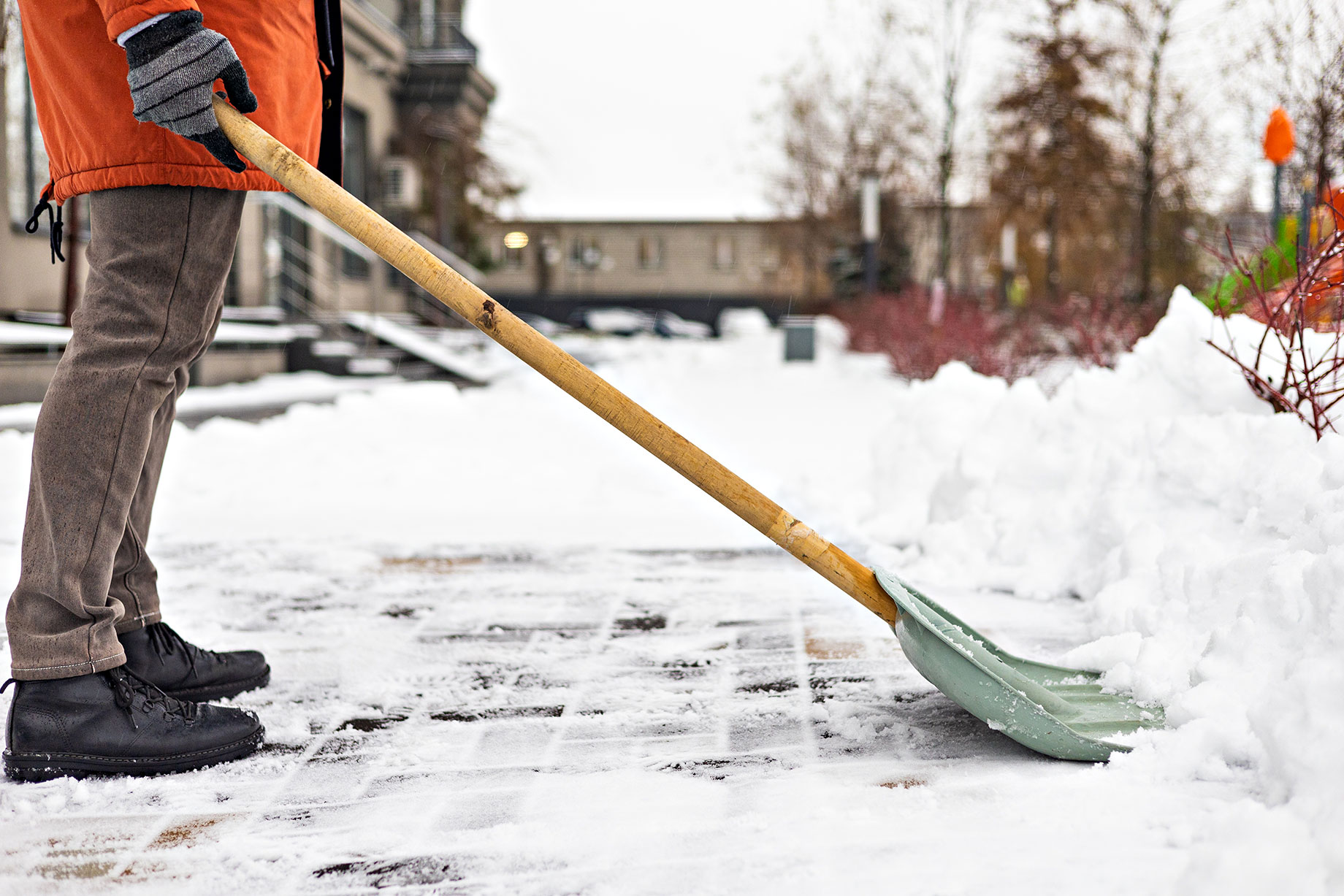
In New York City, sidewalks are more than just pedestrian pathways—they’re a legal responsibility for property owners. With over 12,000 miles of sidewalks crisscrossing the five boroughs, the NYC Department of Transportation (DOT) relies on property owners to maintain the sections adjacent to their buildings. Failing to do so can result in violations, fines, and even lawsuits if someone is injured due to unsafe conditions. Fortunately, with a proactive approach and a few smart habits, you can keep your sidewalk in top shape and steer clear of costly penalties.
Understand What Triggers a Violation
The DOT issues sidewalk violation NYC when inspectors find defects that pose a risk to public safety. These include cracks wider than half an inch, uneven slabs with a height difference of more than half an inch, missing or broken flags, improper slope that causes water pooling, and hardware protrusions like cellar doors or utility covers that aren’t flush with the surface. Even minor issues can escalate quickly, especially in high-traffic areas or during harsh weather conditions.
Inspect Regularly and Document Changes
Routine inspections are your first line of defense. Walk your sidewalk monthly and after major weather events. Look for early signs of damage such as small cracks, slight shifts in elevation, or areas where water collects. Take photos and notes to track changes over time. This documentation can be helpful if you ever need to dispute a violation or coordinate with city agencies for repairs involving tree roots or utility lines.
Address Minor Issues Before They Escalate
Small cracks and surface imperfections may not seem urgent, but they can quickly worsen due to freeze-thaw cycles, heavy foot traffic, or root intrusion. Use concrete patching compounds or sealants to fill minor cracks and prevent water infiltration. For slightly uneven slabs, surface grinding can restore a level walking surface without the need for full replacement. Acting early can save you thousands in future repairs and help you avoid a formal violation.
Manage Tree Roots Responsibly
Street trees are a beloved part of NYC’s landscape, but their roots can wreak havoc on sidewalks. If you notice a slab beginning to lift near a tree pit, consult with an arborist or the NYC Parks Department before taking action. Unauthorized root cutting can damage the tree and lead to fines. In some cases, the city may cover the cost of repairs through its Trees and Sidewalks Program, especially for owner-occupied one- to three-family homes. When replacing sidewalk sections near trees, consider using flexible paving materials or installing root barriers to prevent future damage.
Ensure Proper Drainage
Water is one of the most destructive forces for concrete. Poor drainage can lead to erosion beneath the sidewalk, causing it to sink or crack. It also contributes to freeze-thaw damage in colder months. Make sure your property’s grading directs water away from the sidewalk. Clean gutters and downspouts regularly, and consider installing splash blocks or underground drainage systems to prevent runoff from pooling on the pavement. If you notice standing water after rain, investigate the cause and address it promptly.
Use Quality Materials and Licensed Contractors
When repairs are necessary, don’t cut corners. Using substandard materials or hiring unlicensed contractors can lead to premature failure and another violation down the line. Always use DOT-approved materials and hire contractors licensed by the NYC Department of Consumer and Worker Protection. A reputable contractor will understand city codes, obtain the necessary permits, and ensure the work meets inspection standards. Investing in quality now can save you from repeat repairs and added costs later.
Keep the Sidewalk Clear and Accessible
Sidewalks must remain free of obstructions at all times. Overgrown vegetation, trash bins, construction materials, or even decorative planters can block pedestrian access and lead to violations. Trim trees and bushes regularly, and ensure that any temporary obstructions—like scaffolding or dumpsters—are properly permitted and do not impede foot traffic. During winter, shovel snow promptly and use de-icing products that won’t damage concrete. NYC law requires snow and ice to be cleared within a specific timeframe after snowfall ends, and failure to comply can result in fines.
Schedule Preventive Maintenance
Preventive maintenance is more cost-effective than emergency repairs. Consider scheduling annual or biannual inspections with a sidewalk contractor to identify and address potential issues before they become violations. These professionals can spot early signs of deterioration, recommend appropriate fixes, and help you plan for long-term upkeep. Some even offer maintenance packages that include routine cleaning, sealing, and minor repairs.
Final Thoughts
Sidewalk maintenance in NYC isn’t just about aesthetics—it’s about safety, compliance, and protecting your investment. By staying vigilant, addressing issues early, and working with qualified professionals, you can avoid DOT violations, reduce liability, and keep your sidewalk looking its best. A well-maintained sidewalk not only enhances curb appeal but also contributes to a safer, more walkable city for everyone. Navigating NYC’s sidewalk repair rules just got easier Nycsidewalkviolations.com is your one-stop resource for understanding, resolving, and preventing costly citations.